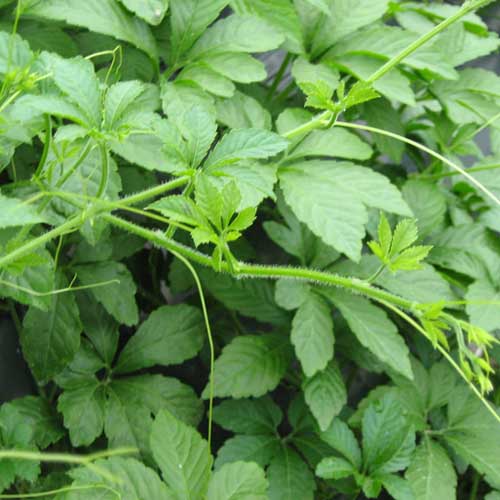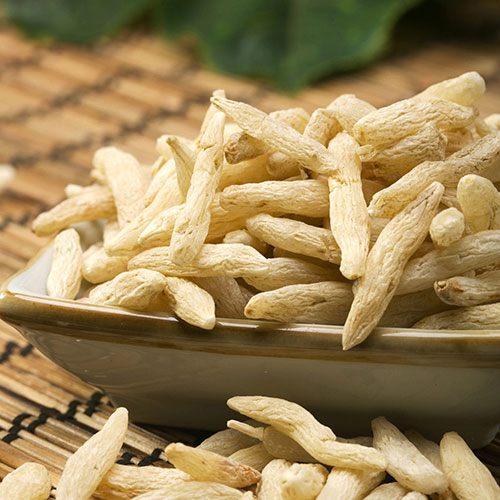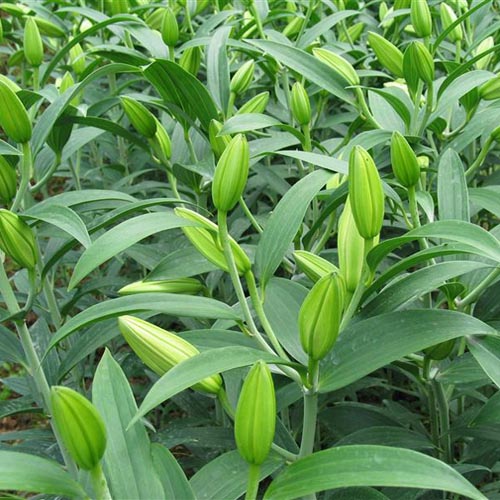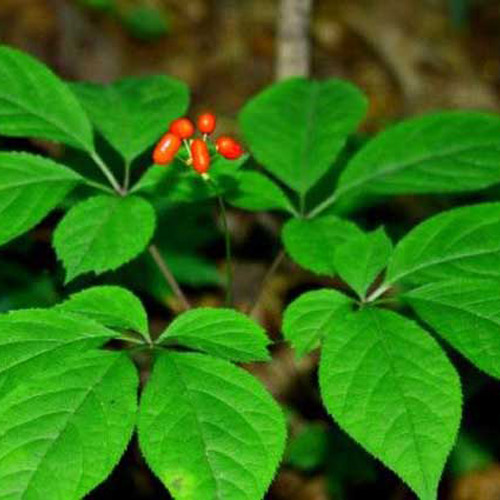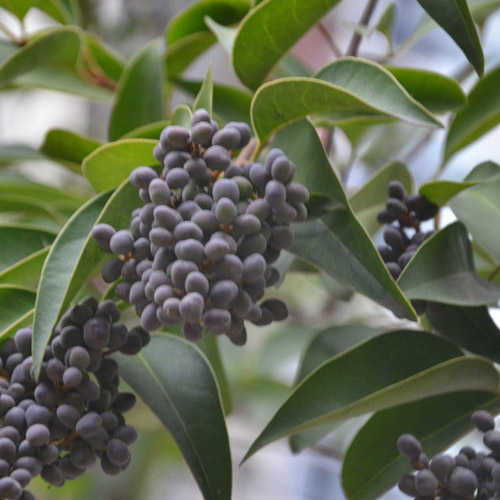- Chinese Name Jiao Gu Lan 绞股蓝
- Latin Name Gynostemma Pentaphyllum(Thunb.)Makino
- Other Names Sweet Tea Vine, Fairy Herb, immortality herb
- Used Part Whole Herbs
- Specification Powdered Extract; Gypenosides
Gynostemma Extract Powder
Description
In Asia, Gynostemma is known as a “magical grass.” It has been reported to have a wide range of health-promoting benefits.
A Top Adaptogen Herb
Gynostemma is popularly believed in Asia to be an anti-aging, longevity herb. Gynostemma is generally reinforcing to overall health, has a strong anti-fatigue effect. It is also used throughout the Orient as a virtual “cure-all.”
Gynostemma is one of the most potent adaptogenic herbs, in the same league as Panax Ginseng, Siberian Ginseng, Reishi, Schizandra and Astragalus.In China.
Gynostemma is widely believed to reduce oxygen deficiency at high altitudes, to improve digestion, to strengthen the mind, and to improve sex functions. It is also believed to help calm the nerves and to ease pain.
The ultimate greatness of Gynostemma lies in its broad spectrum adaptogenic quality. It has double-direction activity in many areas. It has the ability to bring balance to the body under a wide range of stressful circumstances. Constant consumption of Gynostemma tends to have a highly protective quality because it strengthens the adaptive capacity of the person at every level of their life.
Studies indicate that Gynostemma has a double-direction, regulating, and adaptogenic influence of the central nervous system. It is calming when one is overexcited and stimulating when one is depressed. Japanese studies have shown that Gynostemma is clinically useful in a number of mental and neurological conditions, including simple depression, anxiety and schizophrenia.
Southern Ginseng
The chemical constituents responsible for the adaptogenic characteristic of Gynostemma are saponins called gypenosides. Gynostemma contains more than eighty different gypenosides. This is the broadest range of saponins in one plant in nature. Ginseng, for example has about thirty-six saponins (ginsenosides) and Astragalus has about thirty-two saponins (astragalosides). These gypenosides are very similar to that of Ginseng and to the eleutherosides of Siberian Ginseng. In fact, four of Gynostemma’s saponins are precisely the same chemical structure as the saponins found in Ginseng and eleven more are almost identical. The similarities are so close and so extensive that Gynostemma is now called “Southern Ginseng.” To the local people who grow it and consume it, it is simply called “Magical Grass.”
TCM Tradition
Taste & Property Sweet, Slightly Bitter, Cold
Organ Meridians Spleen, Lung
TCM Functions
• Tonifies Qi, moistens the Lungs, generates Body fluids and dispels Phlegm
– Chronic disorders such as asthma, migraines, neuralgia impaired respiratory function and impaired gastrointestinal function characterized by Deficiency with nausea, vomiting, shortness of breath and chest congestion
• Clears Heat, eliminates toxins and reduces swelling and inflammation and alleviates pain
– Gastric and duodenal ulcers, hyperlipidemia, nodules, cystitis, and herpes zoster
– Cancers
• Lowers Blood pressure and cholesterol
– High blood pressure
– High cholesterol

